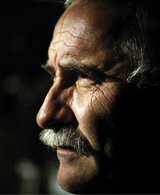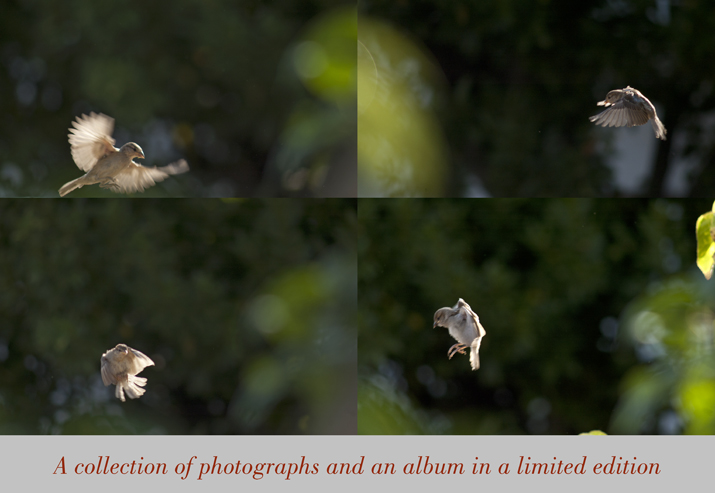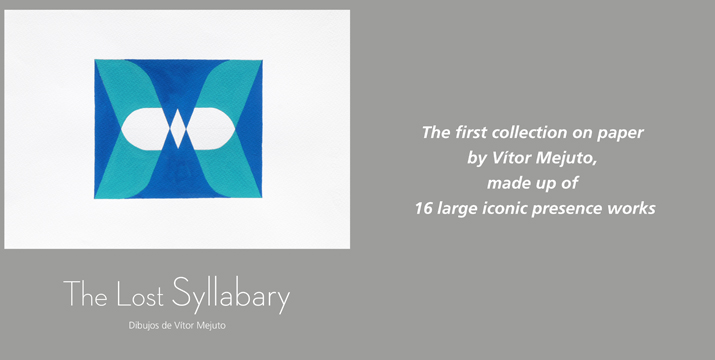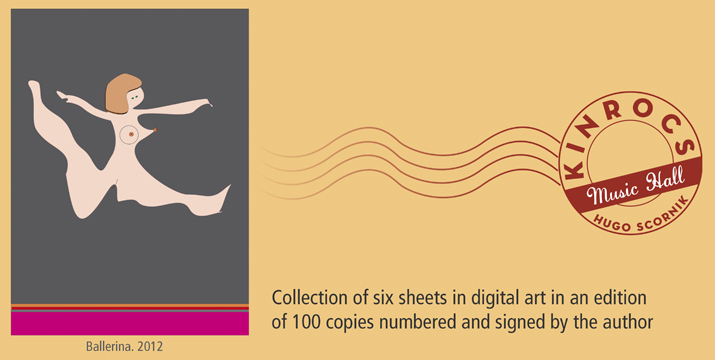 |
 |
 |
 |
|
Manuel Única
(Castilla La Mancha, 1962), is a photographer and video cameraman.
|
Xaquín Chaves
(Galicia, 1959), is a painter, sculptor and graphic artist.
|
Manolo Chazo
(Galicia, 1957), is a sculptor and painter.
|
Jorge García
(Buenos Aires, 1941), is a photographer.
|
| With a digital camera and a source of filtered natural light, the author succeeds in developing a visual language in a Neutral Terrain, which makes the series unique, integrating frames, textures and gradations. The use of colour is minimalist and the compositions suggest a choreographic treatment. |
It is a fortunate decision of the author that the pieces in Intimate Landscapes so clearly convey his discourse concerning the subtle space found between the limits of expressionist figuration and abstraction. Chaves moves around in this pictorial territory that, to a large extent, defines the context of his work over the last two decades.
|
The collection Fish and Pieces is mostly composed of studies prior to making sculptures. One of the appeals of these works is that they reveal a private act of the artistic process: the ways in which the artist narrates to himself the work that he imagines carrying out.
|
The photos in Without make-up were shot during 2012 and 2013. Neither during the shooting nor while editing the photos has anything been altered. One of the intentions is to keep them true to what is being photographed, which is the most important requirement of the documentary genre.
|
 |
 |
 |
 |
|
Luis Márquez
(Castilla La Mancha, 1957), is a photographer and graphic designer.
|
Vicente Peinado
(Castilla La Mancha, 1957), is a photographer.
|
Uxío López
(Basque Country, 1958), is a painter and sculptor.
|
Irene Saslavsky
(Buenos Aires, 1938), is a textile designer and painter.
|
| Patterns + Textures, a collection by the photographer, Luis Márquez, comprises small and medium sized landscapes, some with explicit pictorial references. Chromatic identity and topics are expressed in a language of highly varying registers using a unique organization of the photographic space. |
The author has devoted more than 30 years to standing up for, interpreting and observing nature and -more than landscapes, matters and flora- what the images of Living Nature appear to narrate is the seasonal behaviours of environments. |
Both the graphic elements and the elaborate tonalities of Allegro are easily identifiable with the main attributes of t he pictorial language that this artist develops in other formats and supports. They are 22 expressionist and abstract paintings, on vegetable paper, sharing a 15 x 24.8 centimetre format. |
Renaissance style is a reinterpretation, with an enormous power of suggestion, of classical pictorial values. The characters depicted convey complex states of mind that creates a secret and conspiratorial dialogue between them, sustained by their glance.
|

![[NEWSLETTER/RAYA%20GRIS.jpg] [NEWSLETTER/RAYA%20GRIS.jpg]](http://obrasobrepapel.com/uploads/images/NEWSLETTER/RAYA%20GRIS.jpg)






















